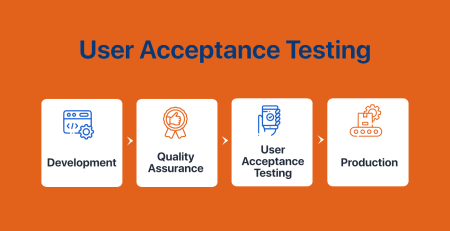How To Measure Unit Test Implementation Rate?
Unit testing is a critical aspect of software development that ensures the quality and stability of the codebase. However, it’s not enough to simply write unit tests – you also need to measure their implementation rate to ensure that you’re making progress towards your testing goals. In this blog post, we’ll explore how to measure unit test implementation rate and the benefits of doing so.
What is Unit Test Implementation Rate?
Unit test implementation rate is the measurement of how many unit tests are being added or modified in a given time period. This rate is typically measured as the number of tests added or modified per day, week, or sprint.
Why Measure Unit Test Implementation Rate?
Measuring unit test implementation rate provides several benefits, including:
- Tracking Progress: By measuring unit test implementation rate, you can track your progress towards your testing goals. This information can be used to make adjustments to your testing strategy if necessary.
- Identifying Bottlenecks: If you notice that your implementation rate is slower than expected, it may be an indication of a bottleneck in your testing process. Identifying these bottlenecks can help you improve your testing process and increase your implementation rate.
- Encouraging Collaboration: Measuring implementation rate can encourage collaboration between developers and testers. By setting goals for implementation rate, everyone on the team can work together to ensure that tests are written and executed in a timely manner.
How to Measure Unit Test Implementation Rate
There are several ways to measure unit test implementation rate. Here are a few examples:
- Use a Test Management Tool: Many test management tools, such as TestRail and Zephyr, have built-in reporting features that allow you to track the number of tests added or modified over time. These tools can also provide insights into test coverage and other important testing metrics.
- Use a Spreadsheet: If you don’t have access to a test management tool, you can use a spreadsheet to track your implementation rate. Simply create a table with columns for the date, number of tests added, number of tests modified, and total number of tests. Update the table on a regular basis and use it to calculate your implementation rate.
- Use a Dashboard: You can also create a dashboard that displays your implementation rate in real-time. Tools like Tableau and Power BI can be used to create visually appealing dashboards that make it easy to see trends and patterns over time.
Conclusion
Measuring unit test implementation rate is a critical aspect of software development. By tracking your progress, identifying bottlenecks, and encouraging collaboration, you can improve the quality and stability of your codebase. Whether you use a test management tool, a spreadsheet, or a dashboard, make sure to measure your implementation rate regularly and use the insights gained to optimize your testing process.













Leave a Reply